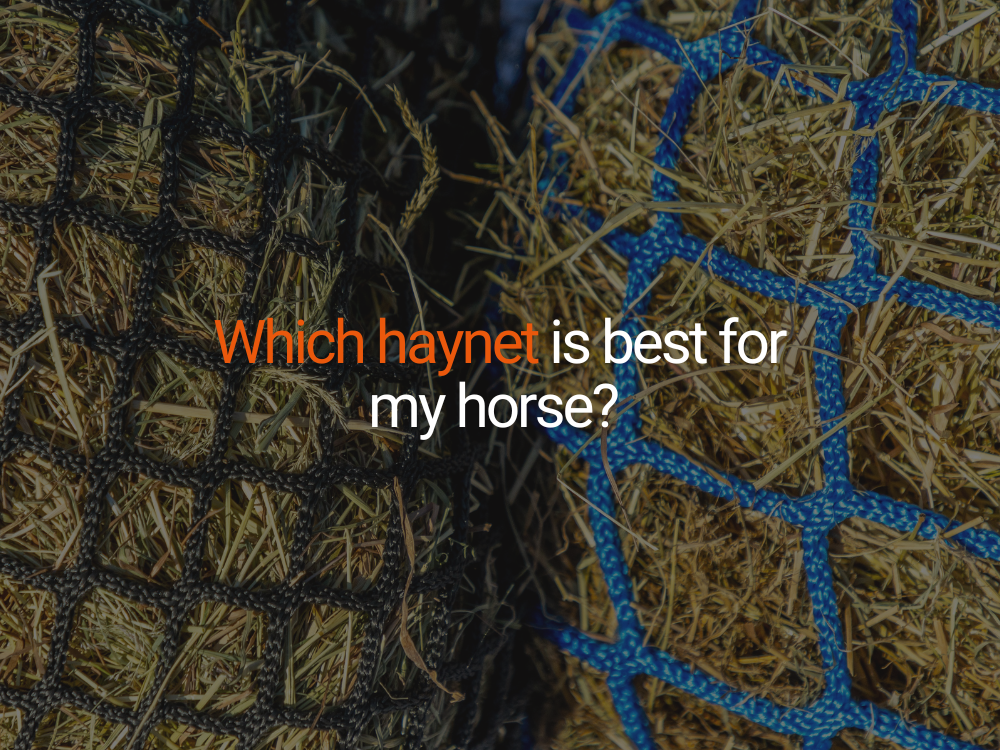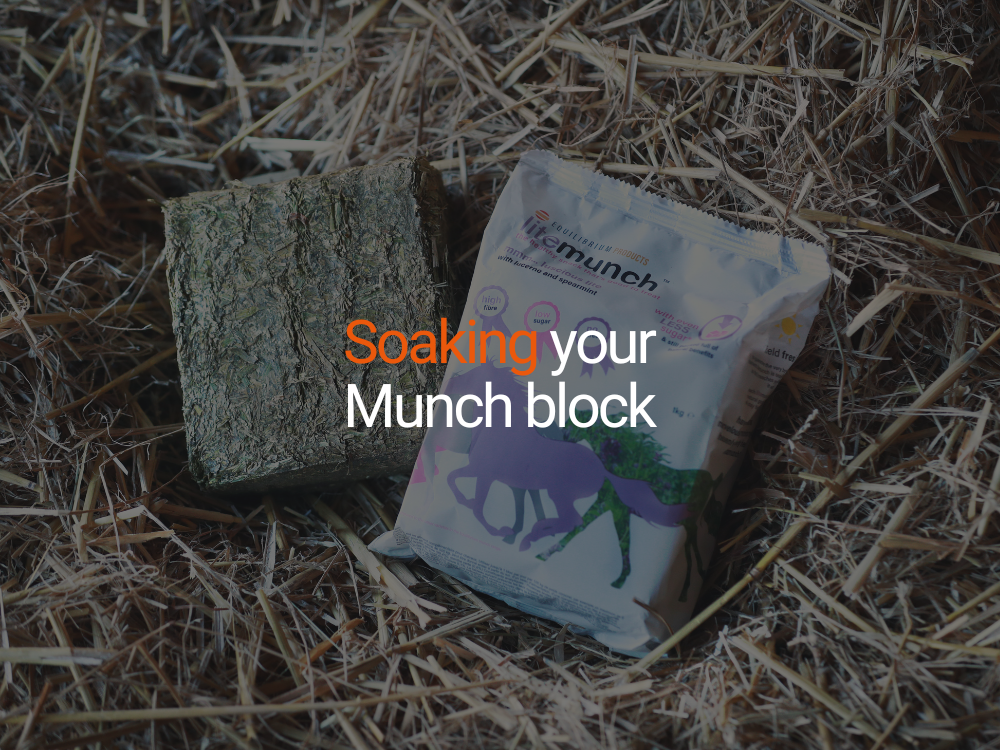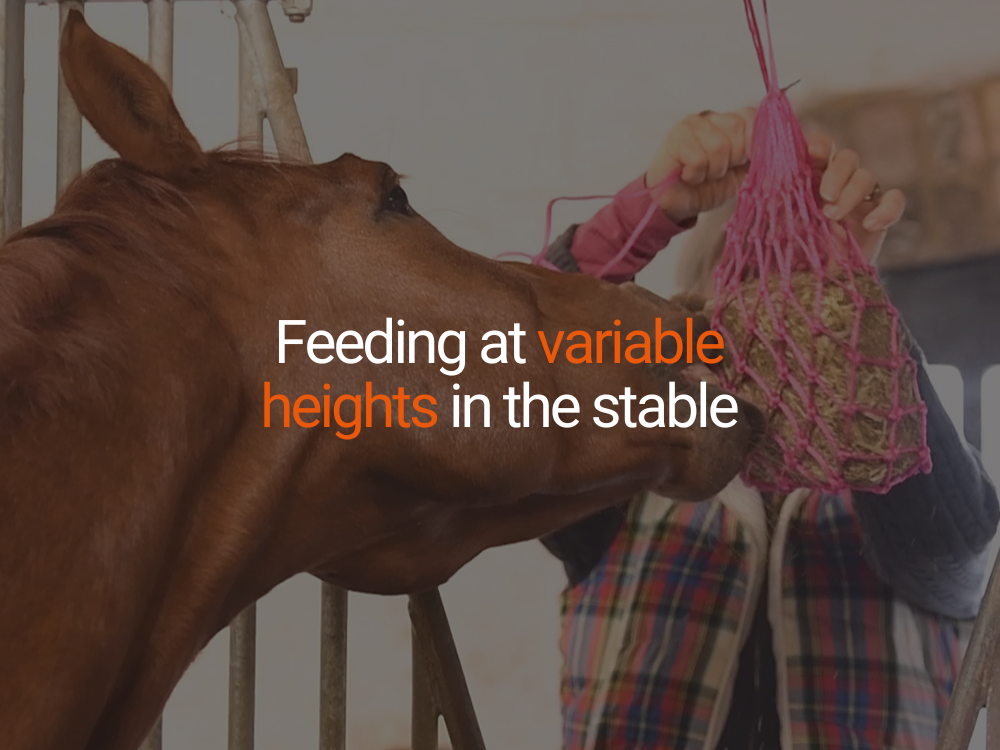Often one of the first questions we get regarding the range of feeds and supplements we market at Equilibrium Products is “what is the sugar content?”
High sugar diets have been increasingly implicated in conditions such as laminitis. Horses are well adapted to digesting sugar and starch in their diets, a capability that has evolved over millennia adapted to the life of a browsing herbivore – essentially trickle feeding of a high fibre based diet.
Sugar, a NSC (non-structural carbohydrate along with starch) is an unavoidable part of the horse’s diet alongside the proteins, fibres and oils, vitamins and minerals consumed daily. Sugar is readily found in grass, especially fast growing spring grass, hay/haylage and compound feeds. It’s also an essential nutrient – glucose is the main energy source of the brain, but glucose in the body is sourced not only from eating and digesting sugar, but also converted from the end products of the digestion of fibre.
Its likely true that what has changed in recent times is the quantity of sugar a horse consumes not only in one day, but in individual meals.
The issue appears to be that in certain breeds at least, higher intakes of sugar, especially when fed in rapidly consumed single meals are in some way affecting the way the horse’s body utilises the absorbed sugars. This “disregulation” of normal metabolic processes is thought to lie behind the incidence of diseases, such as laminitis.
The disregulation can be attenuated by controlling starch and sugar intakes, and increasing exercise levels.
Sugar and laminitis
Dietary management of horses highly susceptible to these conditions means not only maximising fibre and really limiting starch and sugar intakes – by soaking hay and haylage to reduce forage sugar content and selecting high fibre low starch feeds, also ensuring meal sizes are small and preferably little and often.
This may make you think that turnout is the ideal situation but in spring, grass grows fast and is nutritionally rich, especially in sugar. For animals prone to weight gain and or laminitis, this is not an option.
For animals prone to these conditions, spring and early summer can mean a very restricted and basic diet– usually involving the horse or pony spending a lot of time indoors without much to eat. Against the evolutionary need to trickle feed, this is not necessarily welfare friendly – behavioural problems linked with boredom could occur and gastric health will be challenged.
Restricting grazing to a few hours per day is common but research has shown that, ponies especially, can eat as much in 3 hours as they can in a day when access to grazing is limited.
The key in these situations is to extend the eating time of the low calorie low sugar diet as much as possible. Try using small holed hay nets to extend eating time, or give a low sugar, quality fibre block to keep him occupied for longer.
Hay and haylage can contain up to 15% sugar, which can be reduced by up to half by soaking the forage for 12-16 hours.
It’s easy to choose a compound feed with a low NSC content, as most manufacturers list the starch and sugar contents; chops and chaffs can also be used to slow up consumption of a small hard feed.
Sugar and treats
Its natural to want to be able to treat or supplement your horse and pony, and whilst in reality they are only fed in a few grammes per day, some treats and supplements can be high in sugar and starch, particularly if they include molasses or cereals – which might not be suitable for the diet your excitable, overweight or laminitic-prone horse or pony.
As with humans there are now just as tasty, healthier, low sugar products available to make treating, rewarding or supplementing your horse a low sugar event – all part of the management of the at risk horse or pony.



